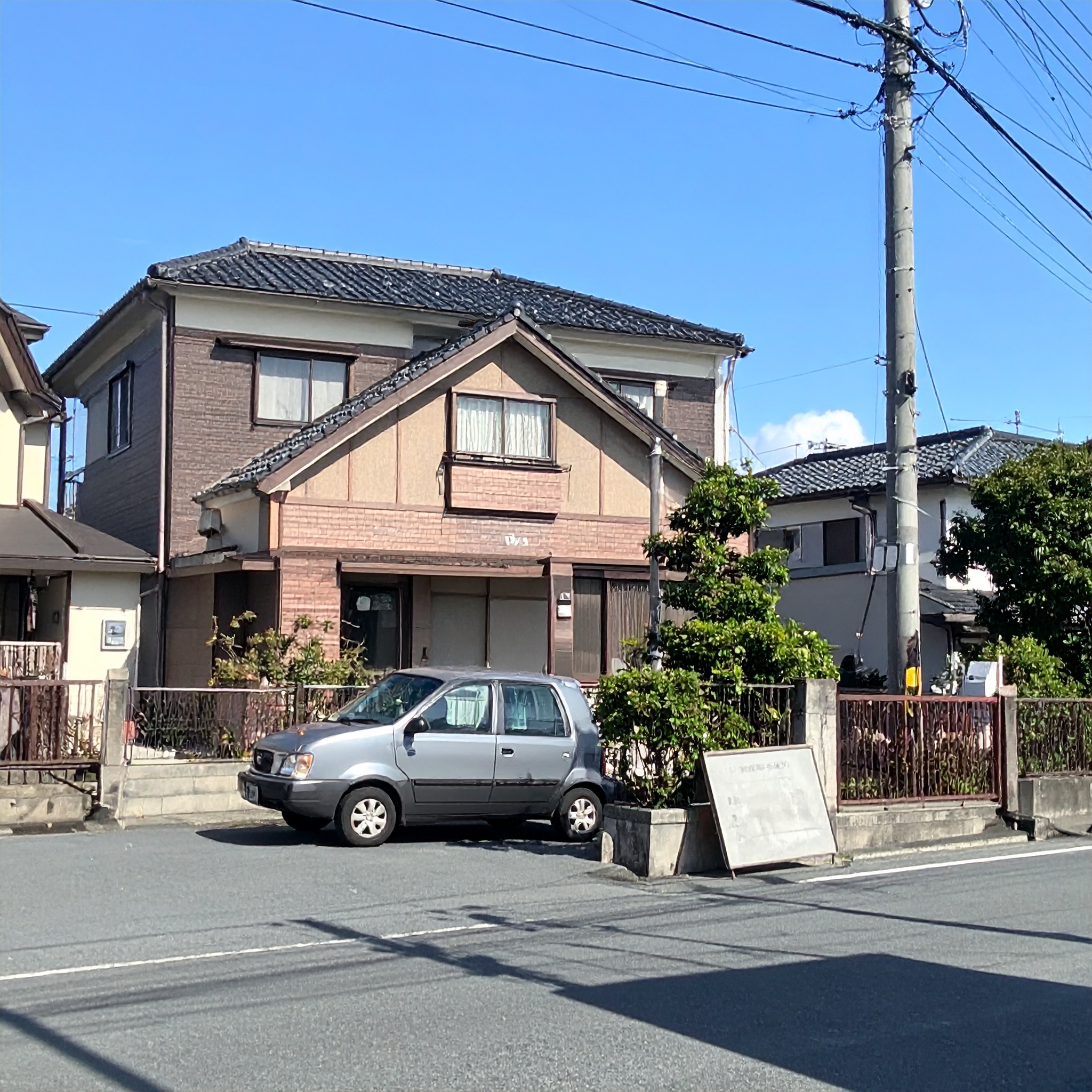In Japan’s rental housing market, a certain portion of properties are operated under a “sublease” model. This arrangement involves the property owner entering into a master lease agreement with a real estate company or management firm, which in turn subleases the units to individual tenants. While the leasing process may appear similar to a standard rental contract, the underlying structure introduces key differences in the tenant-landlord relationship, allocation of responsibilities, and procedures for handling disputes.
Subleasing offers benefits to property owners by reducing vacancy risk and provides a stable revenue stream for leasing agencies. However, for tenants, the complexity of such agreements can lead to misunderstandings or unexpected complications—particularly if they assume the terms mirror those of conventional leases.
This article outlines the most common issues faced by tenants in subleased properties, the underlying causes of such problems, and the critical points to review before signing a sublease contract. By understanding these distinctions, prospective tenants can better navigate the sublease market and protect their interests.
What Is a Sublease? Understanding the Structure
In Japan, a sublease involves a layered contractual arrangement. The property owner leases the unit to a sublease operator, typically a real estate or property management company, which then subleases the property to individual tenants. This creates a dual-contract structure unique to sublease arrangements.
In this setup, the tenant enters into a lease agreement not with the actual owner of the property, but with the sublease company. As a result, all rental payments, property management, and issue resolution are handled through this intermediary, rather than the landlord directly.
Due to this structure, there is no direct legal relationship between the property owner and the tenant. This can lead to indirect communication, ambiguities in accountability, and delays in decision-making—factors that often contribute to the complications commonly associated with subleased properties.
Delayed Repairs and Maintenance Are Common Issues
One of the most frequently reported problems in subleased properties is the delay in addressing repair and maintenance requests. When a tenant reports a malfunction—such as an air conditioner failure or plumbing issue—the sublease company typically must contact the property owner for approval, as the owner retains responsibility for major repairs.
This intermediary step often prolongs the response time, leading to tenant dissatisfaction. In some cases, disputes between the sublease operator and the property owner over who holds responsibility can further stall or even prevent the resolution.
Moreover, the rules governing who bears the cost of repairs are often defined internally within the sublease arrangement and may not be clearly communicated to the tenant, creating a sense of opacity and uncertainty regarding financial responsibility.
Stricter Termination Terms May Apply in Sublease Agreements
Subleased properties in Japan may impose stricter termination conditions than standard rental agreements. For example, while typical leases allow tenants to terminate with one month’s notice, sublease agreements may require a two-month notice period. Additionally, some contracts impose early termination penalties if the lease is ended within a certain timeframe.
In some cases, special clauses stipulate automatic rent increases upon contract renewal. Tenants who overlook these terms at signing may be caught off guard by unexpected costs when renewing their lease.
Such conditions arise because sublease operators often have greater flexibility to insert customized provisions into their agreements with tenants. Therefore, it is critical to read the contract thoroughly and understand all terms before committing to a subleased property.
Confusion Arising from Separate Contractual and Payment Parties
In subleased properties, the rent paid by the tenant is typically funneled through the sublease operator before it reaches the actual property owner. This layered arrangement can lead to confusion when issues related to rent payment arise, particularly regarding who is responsible for handling inquiries or disputes.
For example, if an automatic bank withdrawal fails, the notification or re-billing process may not be properly coordinated between the sublease operator and the property owner. This can result in situations where the tenant is unaware of the missed payment—or continues to receive payment requests even after settling the balance.
To prevent such misunderstandings, it is essential to clarify, at the time of contract signing, who the actual contracting party is, where rent payments should be directed, and whom to contact in the event of a payment issue.
Restoration Disputes at Move-Out in Sublease Properties
Restoration costs upon move-out are another area where disputes frequently arise in subleased properties. Even if there are predefined agreements between the sublease operator and the property owner regarding restoration standards and cost sharing, these terms are not always clearly reflected in the lease contract with the tenant.
For example, some tenants report being charged more than necessary to cover repair costs the operator expects to pay to the owner, or being billed for repairs that fall outside the scope of government-issued restoration guidelines.
To avoid such issues, tenants should carefully review the final settlement against the terms of their lease and, if discrepancies arise, request a detailed breakdown of the charges. Taking a calm, contract-based approach is key to resolving disputes fairly and effectively.
Sudden Changes in Lease Terms Due to Owner Decisions
In sublease arrangements, if the property owner terminates their agreement with the sublease operator, it can have a direct impact on the tenant’s lease. This may lead to sudden requests for the tenant to vacate the property or significant revisions to the terms of their rental agreement.
Unlike standard rental contracts, which are governed by Japan’s Land and House Lease Law that strongly protects tenant rights, subleases involve an intermediary contract. This structure means tenants may be more vulnerable to changes initiated by the property owner.
Additionally, if ownership of the property is transferred to a new party, the identity of the landlord changes for the tenant as well. This can result in altered lease conditions or a shift in how property management and dispute resolution are handled, requiring tenants to remain vigilant and informed.
Key Points to Confirm Before Signing a Sublease Agreement
When entering into a sublease property, it is essential to review the following points thoroughly before signing the contract:
-
Identify the actual contracting party: Understand that you are leasing from a sublease operator or management company—not the property owner.
-
Clarify termination conditions: Confirm whether early termination is permitted, if any penalties apply, and what the required notice period is.
-
Repair and maintenance responsibilities: Determine who is responsible for repairs, how service requests are handled, and the designated point of contact.
-
Restoration costs at move-out: Ensure the lease does not place an unfair financial burden on the tenant for standard wear and tear.
-
Review special clauses and notes: Carefully examine whether the contract includes any unfavorable terms in the special provisions or footnotes.
Be sure to review not only the lease agreement but also the Explanation of Important Matters, and confirm that the written documents match any verbal explanations provided. This proactive approach can help prevent future disputes and ensure a smoother tenancy.




